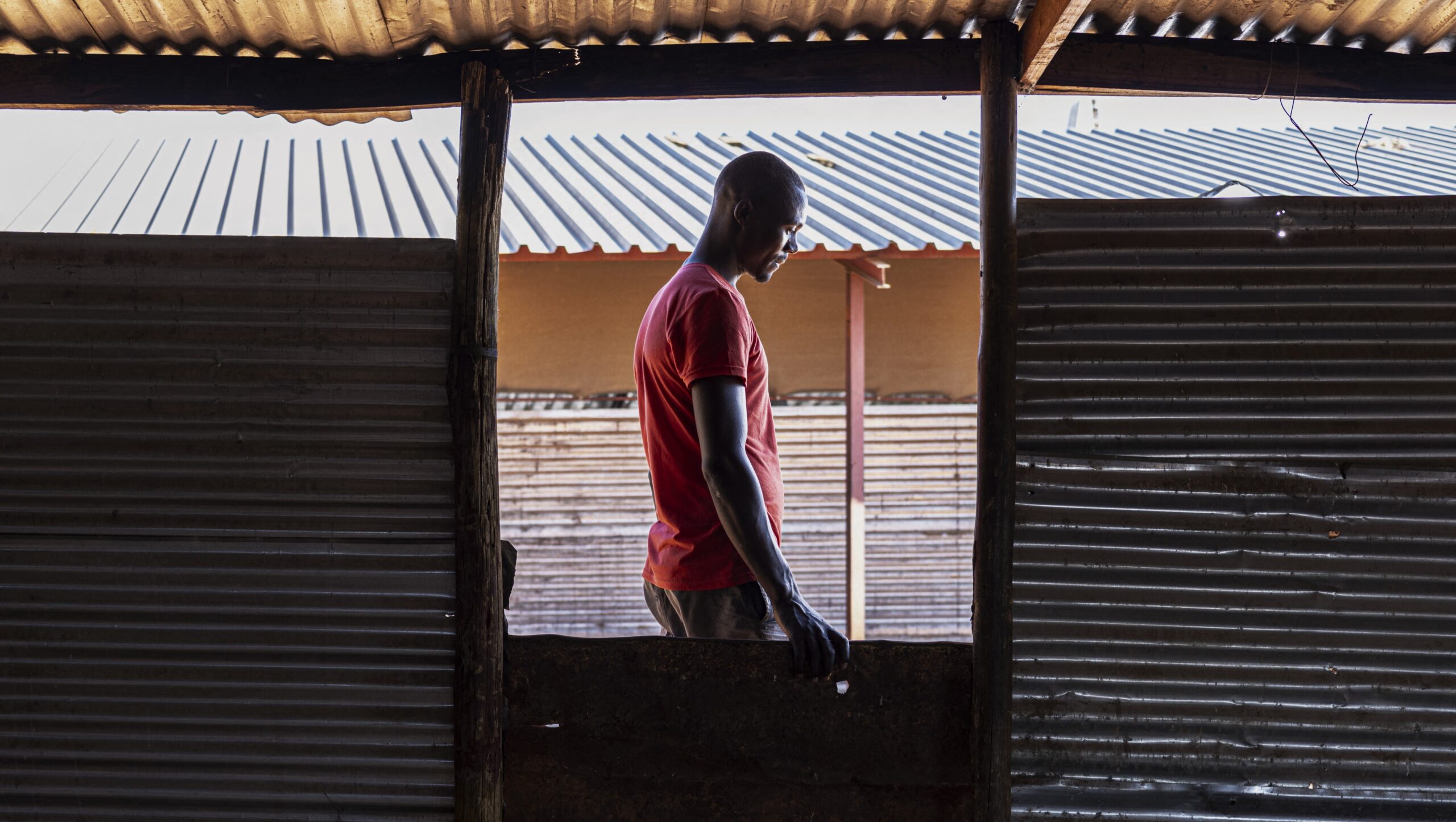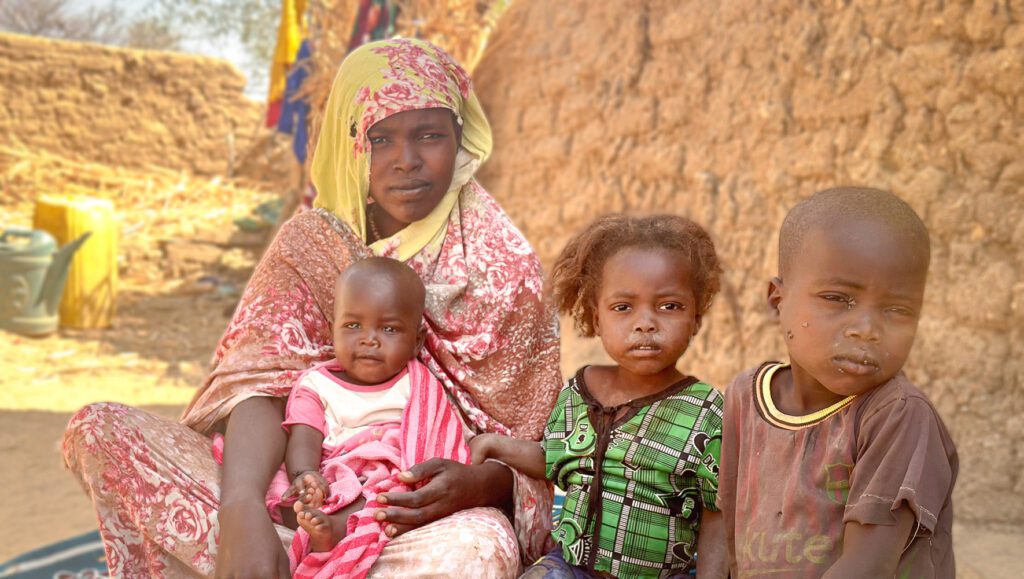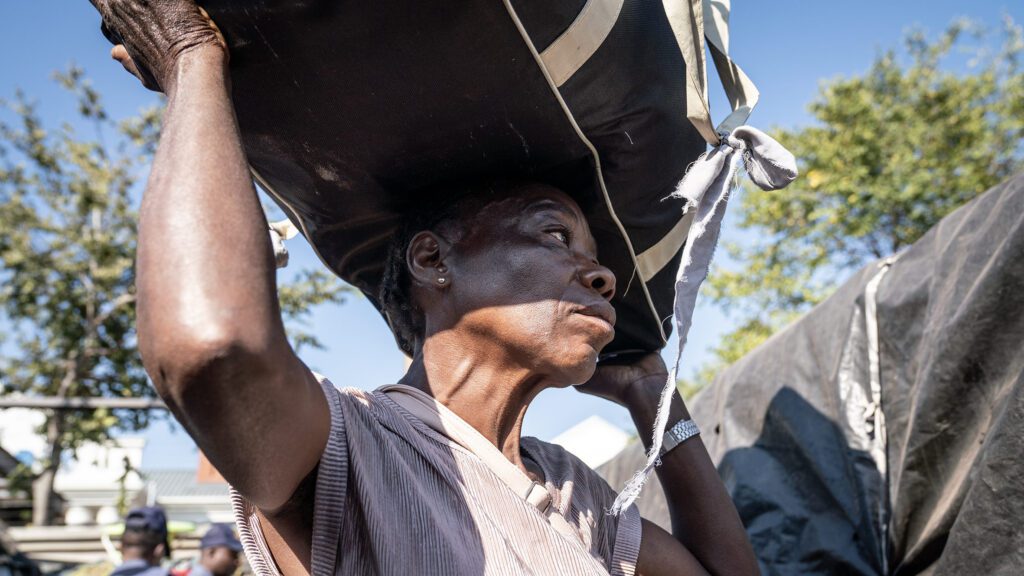
As a constitutional democracy and regional economic leader, South Africa is a host country for refugees and asylum seekers. Currently, around 250,000 refugees and asylum seekers live in the country, out of a total population of 59 million.
Refugees and asylum seekers in South Africa have access to similar legal rights as South African citizens. However, many struggle to exercise their rights in practice.
Xenophobia is a daily reality and growing concern for refugee communities, as is access to documentation.
HIAS opened its first office in South Africa in 2023, to provide support to refugee and asylum-seeking populations. But what exactly is happening in South Africa right now with the refugee population and refugee rights? Read on to find out.
Where do refugees in South Africa come from?
The refugee and asylum-seeking population of over 250,000 people in South Africa is mostly made up of people from other countries in the region that have been impacted by armed conflicts, ethnic violence, famine and genocide.
Many come from Burundi, a country that endured several genocides and is now caught up in a protracted civil war. Others come from the Democratic Republic of Congo, which is also suffering from decades of violent conflict in which millions of civilians have become targets of non-state armed groups (NSAGs).
Other refugees and asylum seekers in South Africa come from places like South Sudan, Rwanda, Somalia, and Zimbabwe.
South Africa does not have a camp policy. What does this mean?
A refugee camp is a temporary facility built to provide essential humanitarian services and protection to those forced to flee. Camps are not intended as a prolonged solution to a displacement crisis; however, many refugees can end up in camps for several years.
South Africa, however, does not have a refugee camp policy. This means that refugees in the country mostly live in urban centers, such as Johannesburg, Pretoria, Cape Town, and Durban. Refugees live alongside host community members, rather than in isolation in a camp.
While camps provide refugees with immediate access to essential services, they also limit the rights and freedoms of those living in them. Therefore, refugees and asylum seekers that live in host communities, as is the case in South Africa, will in theory experience improved integration and outcomes long-term.
How does xenophobia impact refugees and asylum seekers?
Since the mid-1990s, South Africa has seen violent, xenophobic conflict erupt between local communities and foreign nationals, with many refugees and asylum seekers killed during the clashes and their homes and businesses destroyed.
Between 1994 and August 2024, xenophobic violence in South Africa resulted in 679 deaths, over 5,000 shops looted, and around 128,000 displacements. This violence has occurred in the form of riots, or smaller, more targeted, attacks. Violence is so extreme that it has resulted in locals burning refugees and migrants alive.
This xenophobic violence is often fueled by the perception that refugees and migrants are responsible for high unemployment and crime rates in South Africa – a theory which has never been confirmed with sound, statistical evidence.
What legal protections are in place for refugees and asylum seekers?
Refugees and asylum seekers in South Africa are entitled to certain rights protected by the Refugee Act of 1998.
Asylum seekers in South Africa are entitled to receive an identification document, valid for six months, which provides them with the same rights as South African citizens to access healthcare, employment, and education. It also protects them from forced return to their country of origin (non refoulment) and guarantees their entry into South Africa should they leave the country.
However, in practice, the system is bureaucratic, inefficient, and overburdened. Asylum seekers often wait for up to 10 years for a resolution to their case and must renew their documents in this period many times. During this wait period, asylum seekers are often left without protection.
Once an individual receives refugee status, they receive permanent rights. However, only 4% of all asylum seeker applicants receive refugee status in South Africa.


